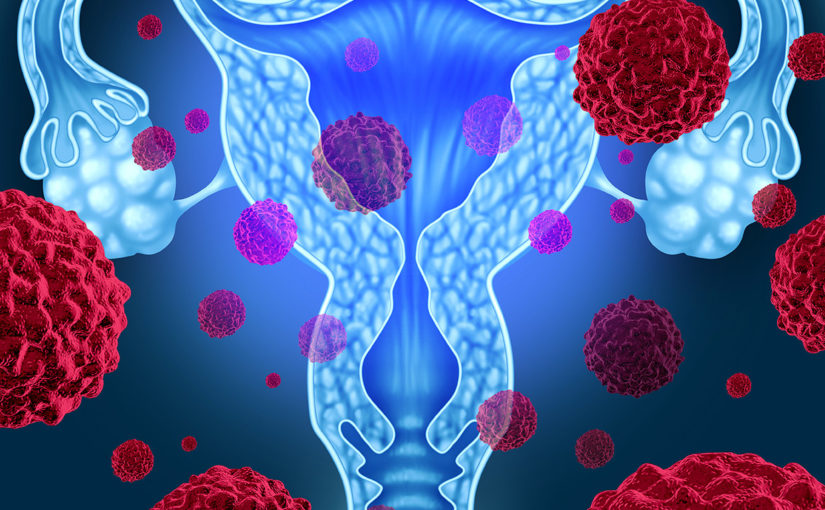A study presented at the AACR Virtual Annual Meeting II showed a significant decrease in mortality rate for patients with epithelial ovarian cancer when treated with lipophilic statins, supporting the further evaluation of statins to treat ovarian cancer in randomized clinical trials.
By Matthew Fowler
Lipophilic statins were associated with decreased mortality rates of patients with ovarian cancer, according to a study presented at the American Association for Cancer Research (AACR) Virtual Annual Meeting II.
More, the results found in this study support the evaluation of specific lipophilic statins like atorvastatin and simvastatin in a randomized clinical trial to treat patients with ovarian cancer.
“Our results consistently show that among women with epithelial ovarian cancer statin users compared to never users have a significant reduction in ovarian cancer specific mortality, particularly those taking lipophilic statins,” wrote author Kala Visvanathan, MD, MHS, of the John Hopkins School of Public Health and Sidney Kimmel Comprehensive Cancer Center, in the study’s presentation.
Overall, the ovarian cancer mortality rate was reduced in the ever statin use population by 40% (HR, 0.60; 95% CI, 0.54-0.66) with a similar 5-year reduction as well (HR, 0.63; 95% CI, 0.56-0.70). More, a subgroup analysis revealed a 43% reduction in overall mortality with women who used lipophilic statins compared to never use statins (HR, 0.57; 95% CI, 0.43-0.76). Specifically, reductions were observed in women who used simvastatin and atorvastatin versus never use statin, both of which are forms of lipophilic statins.
By tumor characteristic, there was a 40% reduction in ovarian cancer mortality rate (95% CI, 32%-47%). Overall, for all of the different subgroups, there was a reduction in mortality among patients.
The study’s population of 10,062 women aged 18 or older was collected from the Finnish National Cancer Registry and the National Prescription Claims Database. A series of complex analyses were utilized to minimize bias amongst the research.
Of the 2,621 women who used statins, 80% of them used lipophilic statins as treatment. The median age of the population was 62 years, with a median age for statin users of 67 years.
“Our results provide further evidence in support of the clinical evaluation of lipophilic statins as part of the treatment of ovarian cancer,” Visvanathan said in a press release. “These drugs are appealing as they are widely used, inexpensive, and well tolerated in most patients. The associated reduction in ovarian cancer mortality is promising.”
A reduction in mortality was observed among all stage, treatment and epithelial ovarian cancer subtypes at varying magnitudes. Given the smaller sample size for post and pre diagnostic statin groups, the results are less robust.
As for statins, about 28% of United States adults over the age of 40 take the drugs for cholesterol control. While some studies have examined statin use for ovarian cancer, they have shown mixed results due to a small sample size.
While promising, Visvanathan explained that these results need to first be confirmed in randomized clinical trials and studied in broader populations before becoming a part of the disease’s standard of care.
Because of the disease’s low survival rate, epithelial ovarian cancer is hard to study over a long-term study. This study benefitted from the ability to evaluate data over a number of years and high-quality data as a whole.
While ovarian cancer only accounts for 1.3% of new cancer diagnoses in 2019, only 47.6% of patients survive for 5 years or longer. More, since there are no early detection tests for ovarian cancer, most patients are diagnosed at an advanced stage of the cancer when the disease is difficult to effectively treat.
“Our results also reinforce the value of examining existing therapies that are well tolerated and inexpensive to reduce global cancer burden,” explained Visvanathan in the study’s presentation.
This article was published by Cancer Network.


